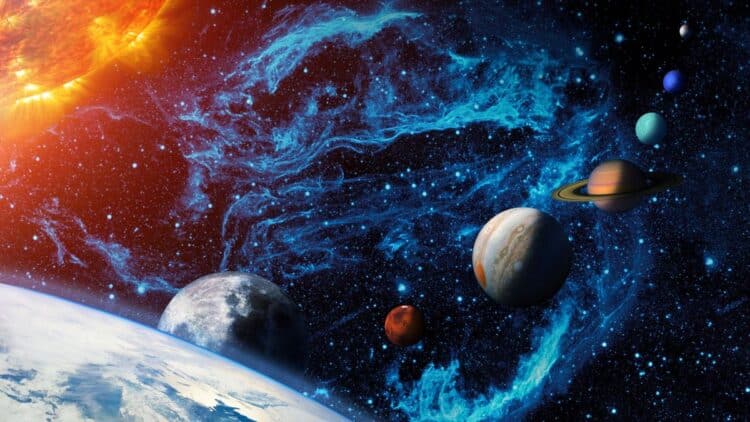Its vastness and mysteries have left scientists and astronomers in awe for centuries. In this article, we will explore 7 astonishing facts about space that highlight the wonders and complexities of the cosmos.
7 Astonishing Facts about Space:
1. The Incomprehensible Size of the Universe
Space is mind-bogglingly vast, and grasping its enormity is a challenge in itself. The observable universe, the portion we can see and measure, is estimated to be about 93 billion light-years in diameter.
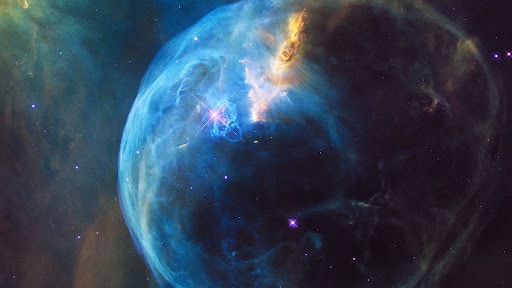
To put this in perspective, a light-year is the distance light travels in one year, which is approximately 5.88 trillion miles (9.46 trillion kilometers). This means that the observable universe is filled with trillions of galaxies, each containing billions of stars.
2. The Extremes of Temperature
Space is a place of extremes when it comes to temperature. In the vacuum of space, there is no air to conduct heat, so objects in direct sunlight can become scorching hot, reaching temperatures of over 250 degrees Fahrenheit (120 degrees Celsius).
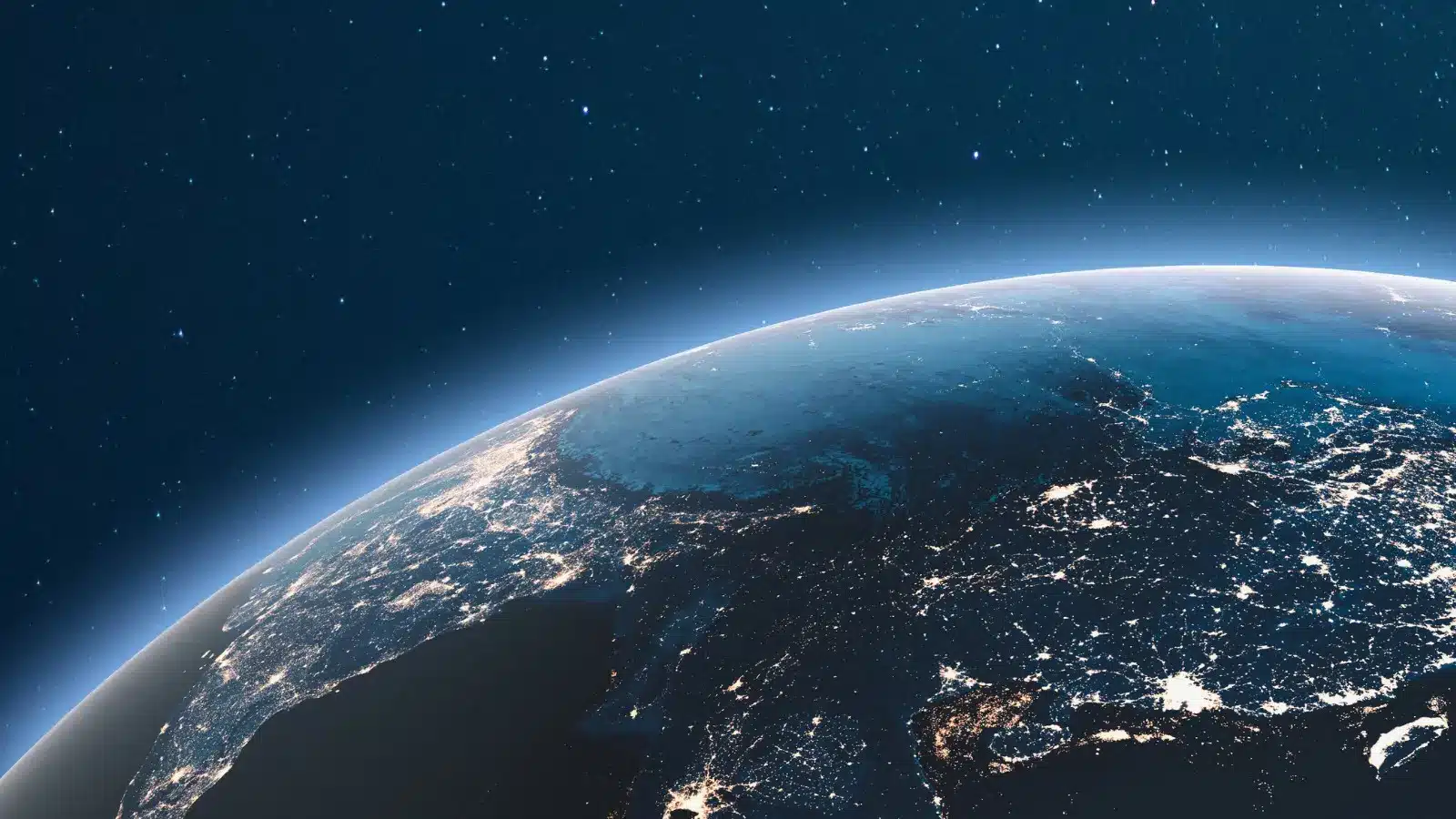
On the other hand, objects in the shadow of celestial bodies can plunge to temperatures as low as -250 degrees Fahrenheit (-157 degrees Celsius). Astronauts on spacewalks must contend with these temperature extremes by wearing specially designed suits to maintain a comfortable internal environment.
3. The Silence of Space
In space, there is no air or atmosphere to transmit sound waves, which means it is completely silent. Sound requires a medium like air or water to travel through, and since space is a vacuum, it is devoid of any such medium.
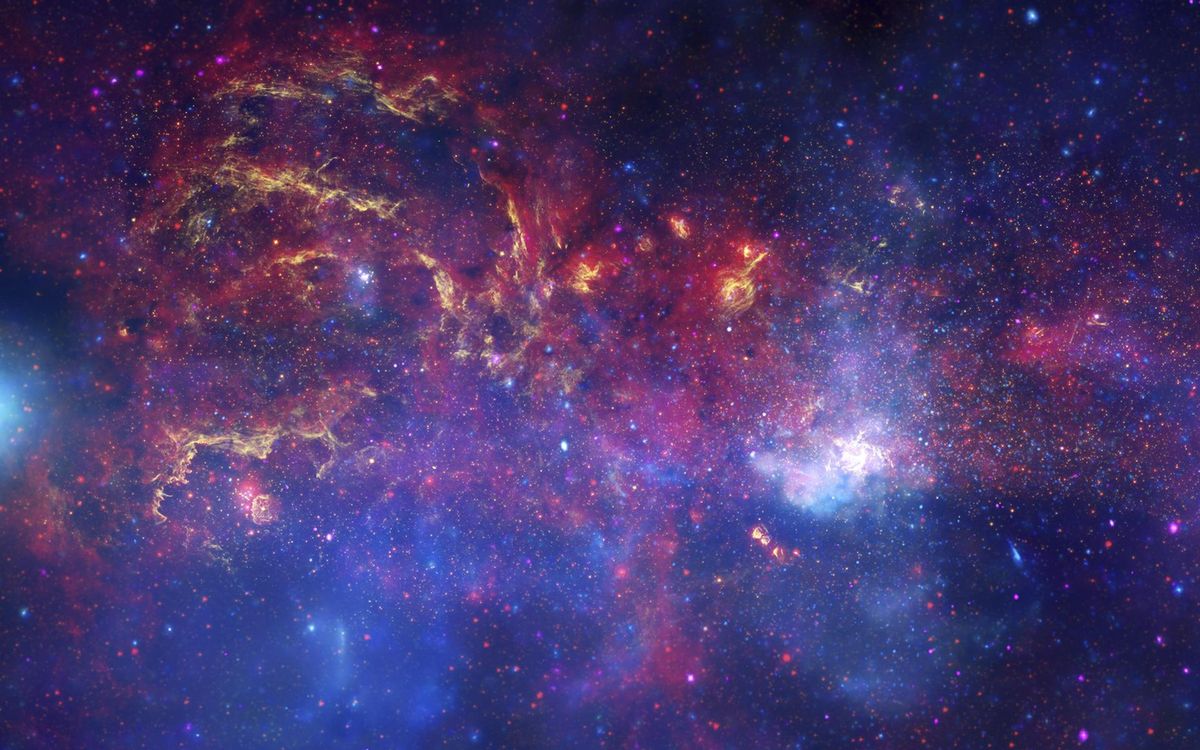
Astronauts communicate with each other and mission control using radios and spacecraft instruments, creating a unique and eerie silence in the cosmos.
4. The Phenomenon of Time Dilation
Albert Einstein’s theory of relativity has profound implications for our understanding of space and time. One of the remarkable consequences of this theory is time dilation. When an object travels at high speeds or is exposed to intense gravitational fields, time for that object passes slower relative to an observer at rest.
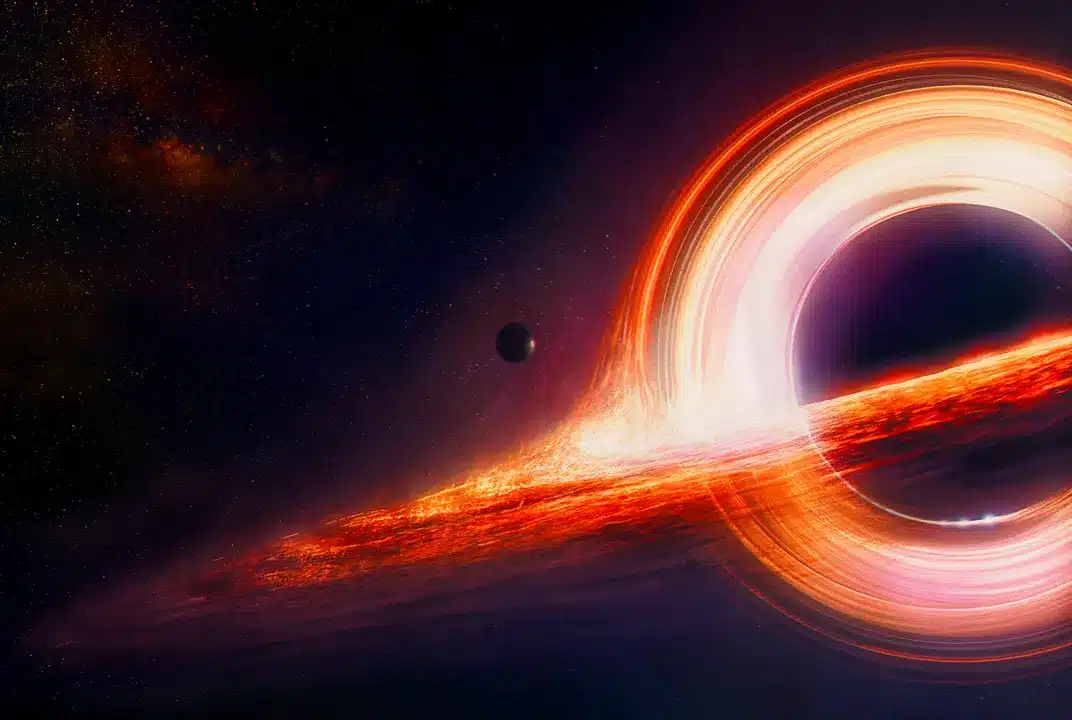
This means that astronauts aboard high-speed spacecraft age slightly slower than their Earth-bound counterparts. It’s a fascinating concept that blurs the boundaries of our traditional understanding of time.
5. The Dark Mystery of Dark Matter and Dark Energy
Dark matter and dark energy are two of the most enigmatic components of the universe. Dark matter is believed to make up about 27% of the universe’s total mass-energy content, yet it does not interact with light and remains invisible. Its presence is inferred from its gravitational effects on galaxies and galaxy clusters.
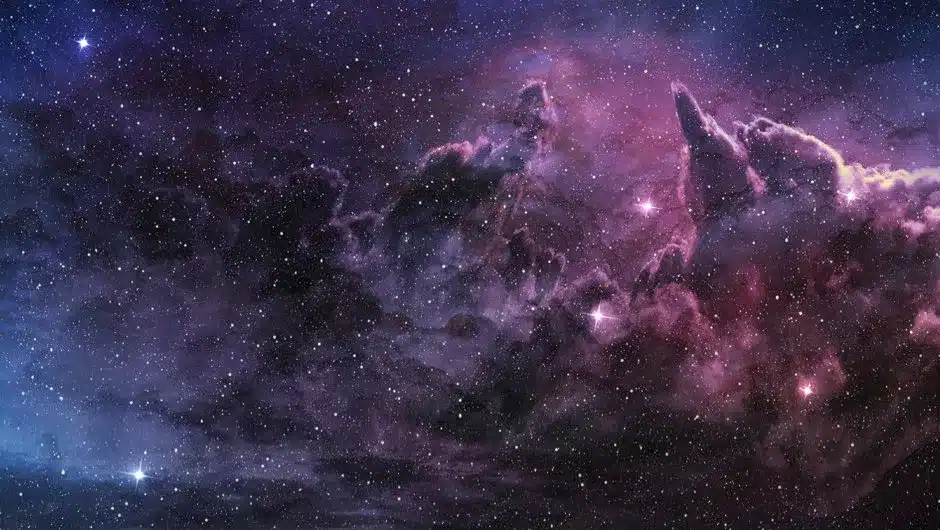
Dark energy, on the other hand, is even more mysterious. It is thought to account for approximately 68% of the universe and is responsible for the accelerated expansion of the cosmos.
Despite its profound influence on the universe’s fate, we know very little about dark energy, and its nature remains one of the greatest mysteries in modern astrophysics.
6. The Perpetual Expansion of the Universe
The universe is not static; it is continuously expanding. This discovery, made in the 1920s by astronomer Edwin Hubble, revolutionized our understanding of the cosmos.

The expansion means that galaxies are moving away from each other over time, and the farther apart they are, the faster they move apart.
This observation led to the formulation of the Big Bang Theory, which suggests that the universe originated from a single, incredibly dense, and hot point around 13.8 billion years ago.
7. The Potential for Extraterrestrial Life
The quest for extraterrestrial life has long been a driving force in space exploration. The universe is unimaginably vast, with billions of galaxies, each containing billions of stars, many of which could have planets orbiting them.
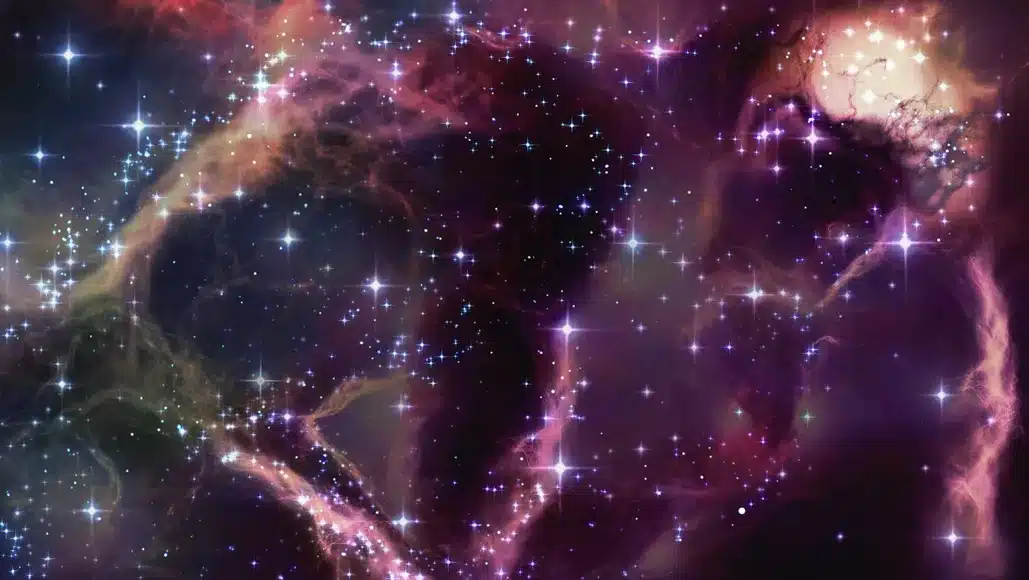
Scientists have discovered thousands of exoplanets (planets outside our solar system) in the habitable zone, where conditions might be right for liquid water and, by extension, life as we know it.
While we have not yet found definitive evidence of extraterrestrial life, the potential for its existence is one of the most exciting and tantalizing aspects of space exploration. Missions to Mars and the study of moons like Europa (orbiting Jupiter) and Enceladus (orbiting Saturn) have raised hopes of finding microbial life or evidence of past life beyond Earth.
Conclusion
Space is a realm of wonder and amazement, filled with phenomena that challenge our understanding of the universe. From the incomprehensible size of the cosmos to the silent vacuum that envelops it, from the mysteries of dark matter and dark energy to the potential for extraterrestrial life, space continues to inspire scientists, astronomers, and explorers alike.
As we continue to push the boundaries of our knowledge, the astonishing facts about space remind us that the universe is a place of endless discovery and fascination.
Also Read: Cybercrimes On The Rise: 6 Indian Cyber Laws To Protect Yourself Online


